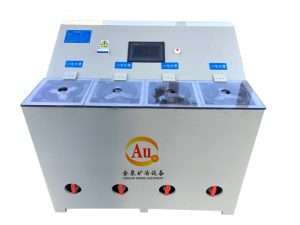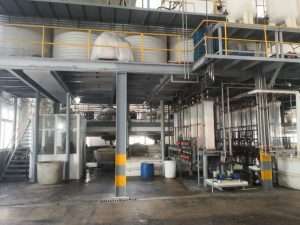Call us now:
Palladium refining typically involves several steps to isolate and purify the metal from other materials. Here is a general overview of the process:
Collection: The first step is to collect palladium-containing materials, such as electronic scrap, spent catalysts, and jewelry.
Chemical Treatment: The collected material is then treated chemically to dissolve palladium and other metals into a solution. This is often done using strong acids, such as hydrochloric acid or nitric acid.
Precipitation: Once the palladium and other metals are dissolved in solution, they can be separated from each other by adding a chemical that causes the palladium to precipitate out of the solution. This is typically done by adding a reducing agent, such as sodium borohydride or hydroxylamine, which reduces the palladium ions to form palladium metal.
Filtration and Washing: The palladium metal is then filtered out of the solution and washed to remove any impurities.
Refining: The filtered palladium metal may still contain impurities, so it is refined further to purify the metal. This is often done using a combination of chemical and electrochemical processes.
Final Processing: Once the palladium is purified, it can be processed into a variety of forms, such as bars, coins, or industrial materials.
It's worth noting that the specific details of the palladium refining process can vary depending on the source of the material and the desired end product. Additionally, palladium refining can be a complex and hazardous process that requires specialized equipment and expertise.
Quality Control: Before the final product is sold or used, it undergoes quality control measures to ensure it meets certain standards. This may involve testing the purity of the palladium using techniques such as X-ray fluorescence or inductively coupled plasma mass spectrometry.
Recycling: Palladium is a valuable and finite resource, so recycling is an important aspect of the refining process. Scrap palladium-containing materials can be collected and processed using similar techniques as described above, to extract and refine the palladium for reuse.
It's important to note that palladium refining should only be done by trained professionals with the proper equipment and safety measures in place. Palladium-containing materials can be hazardous to handle and dispose of, so it's important to follow proper protocols to minimize risks to human health and the environment. Additionally, some countries have regulations and laws governing the handling and disposal of palladium-containing materials, so it's important to research and follow these guidelines.

